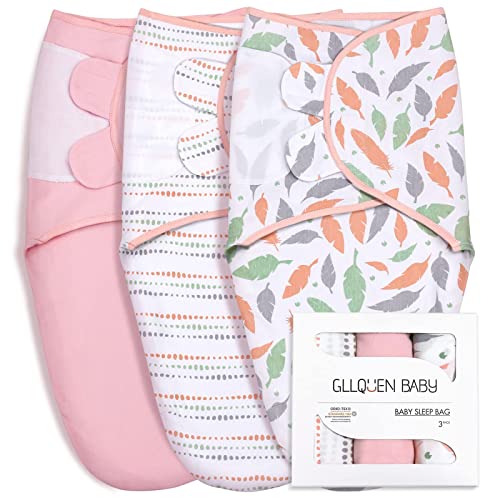Can a swaddle wrap help a baby sleep better?
Babies have a natural instinct to be swaddled, as it mimics the feeling of being in the womb. Swaddling can help babies feel secure, calm their startle reflex, and promote better sleep. Swaddle wraps are specifically designed to swaddle a baby safely and comfortably. These wraps provide a snug fit, preventing the baby from waking themselves up with sudden movements. Let’s explore how a swaddle wrap can help a baby sleep better.
The benefits of swaddling
Swaddling has been used for centuries as a method to soothe and calm babies. When done properly, it can provide a variety of benefits:
- Security: Swaddling creates a cozy and familiar environment for the baby, reminding them of the womb. This feeling of security can help them relax and sleep better.
- Startle reflex control: Newborns have an involuntary startle reflex that can easily wake them up. Swaddling helps to keep their arms and legs contained, reducing the occurrence of sudden movements that can startle them awake.
- Temperature regulation: Swaddle wraps made with breathable fabrics can help regulate the baby’s body temperature, keeping them warm without overheating.
- Improved sleep patterns: By promoting a sense of security and reducing the startle reflex, swaddling can lead to longer and more restful sleep for babies.
Choosing the right swaddle wrap
There are several types of swaddle wraps available on the market, and it’s important to choose the one that suits your baby’s needs:
- Classic swaddle blankets: These large, square blankets require a bit of skill to properly swaddle the baby. They are versatile and can be used in various ways.
- Swaddle sacks: These wraps have a pouch for the baby’s legs and a separate portion to secure their arms. They offer a more convenient and secure option for parents who are not confident in their swaddling technique.
- Zip-up swaddle suits: These suits have a zipper or Velcro closures, making it easy to secure the baby in a swaddle position. They are particularly useful for quick diaper changes without fully unwrapping the baby.
When choosing a swaddle wrap, consider factors such as ease of use, comfort, and safety. Opt for wraps made from breathable materials to avoid overheating and ensure proper airflow.
Safety considerations
While swaddling can be beneficial, it’s essential to follow safe swaddling practices:
- Safe sleep position: Always place a swaddled baby on their back to reduce the risk of Sudden Infant Death Syndrome (SIDS).
- Proper swaddle technique: Make sure the wrap is snug but not too tight, allowing the baby to move their hips and legs freely. The swaddle should be secure enough to prevent the wrap from coming undone during sleep.
- Monitor baby’s temperature: Check the baby’s temperature regularly to ensure they are not overheating. Avoid using thick blankets or wraps in warm environments.
- Transition out of swaddling: Once the baby starts showing signs of rolling over or breaking free from the swaddle, it’s time to transition to a different sleep option to ensure their safety.
Alternatives to swaddling
While swaddling can be effective, some babies may not enjoy being swaddled or may outgrow the swaddle phase. There are alternative sleep options that can also promote better sleep:
- Sleep sacks: Sleep sacks are wearable blankets that keep the baby warm without the need for swaddling. They provide a sense of security and freedom of movement.
- Co-sleeping cribs: Co-sleeping cribs attach to the side of the parent’s bed, allowing easy access to the baby while maintaining a safe sleep environment.
- White noise machines: White noise machines can create a soothing and consistent sound environment, helping babies fall asleep and stay asleep.
- Nursery design: Creating a calm and soothing nursery environment with soft lighting, comfortable bedding, and soothing colors can help promote better sleep.
It’s important to observe your baby’s preferences and monitor their sleep patterns to determine what works best for them.






